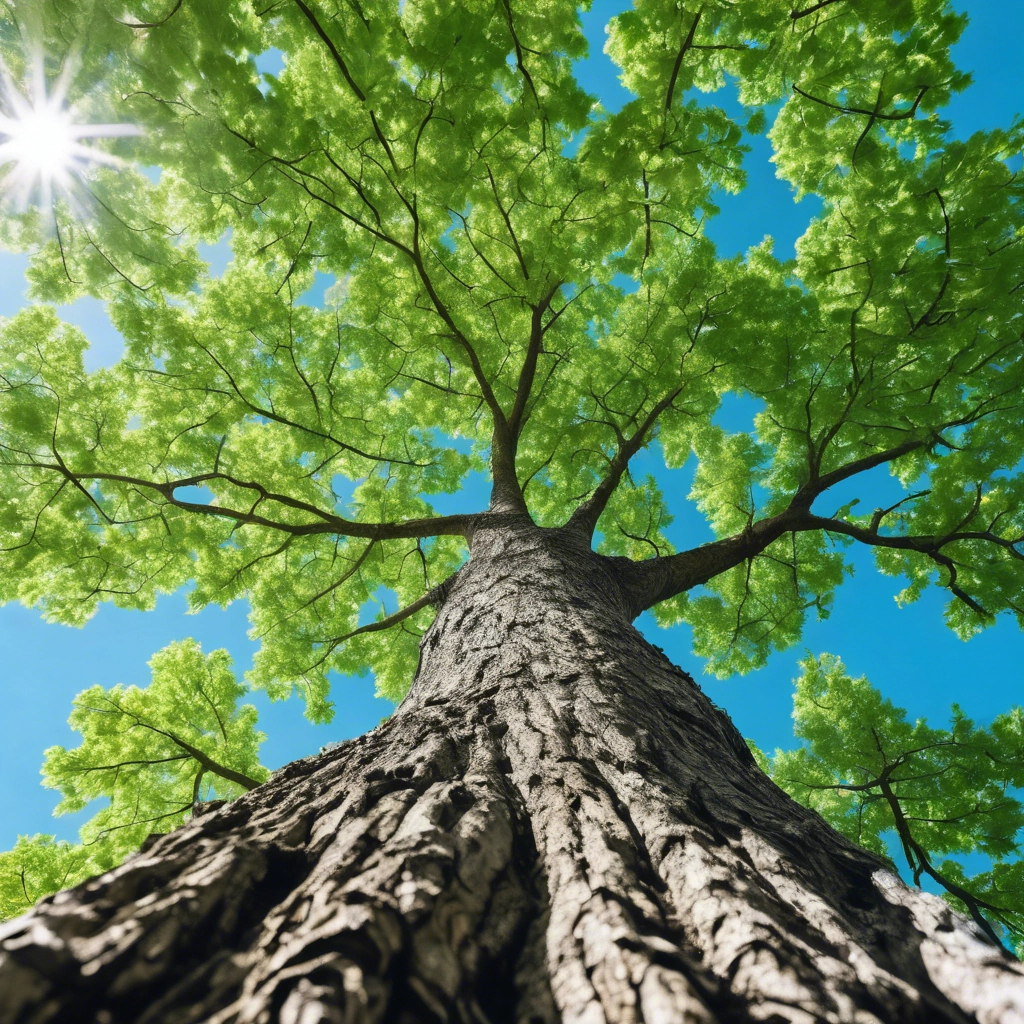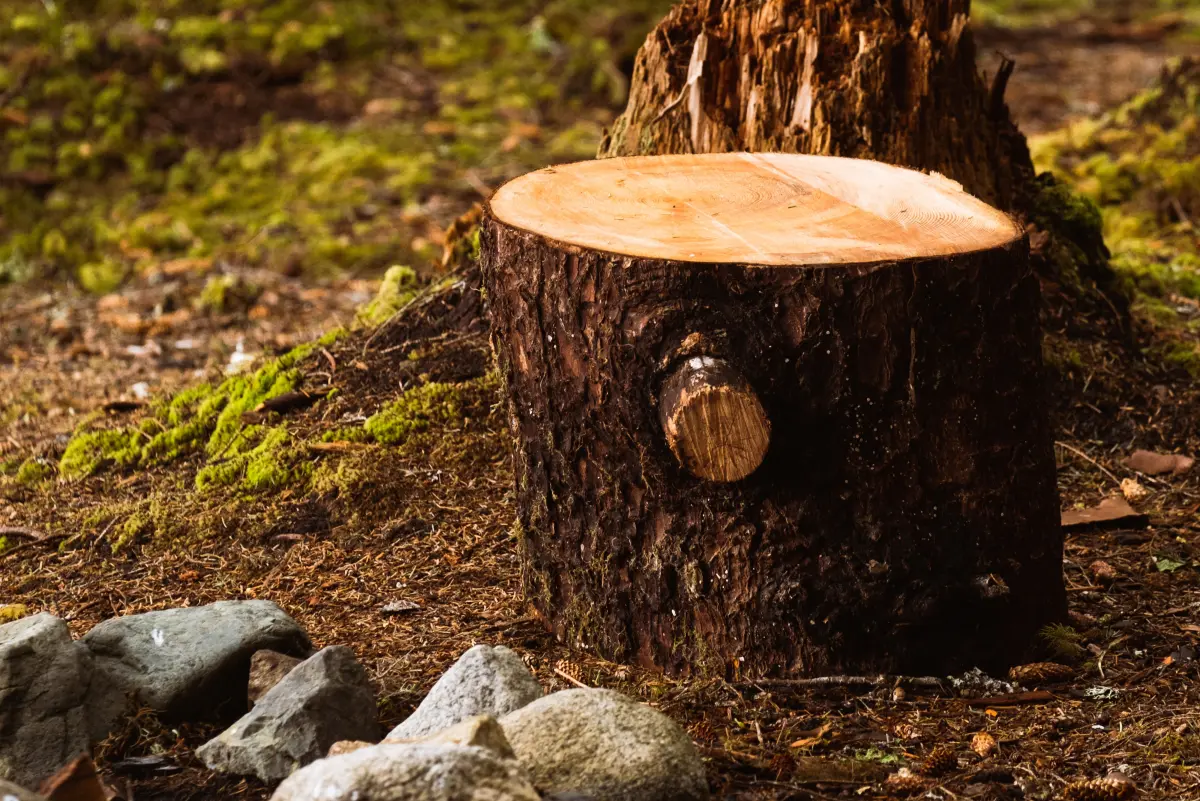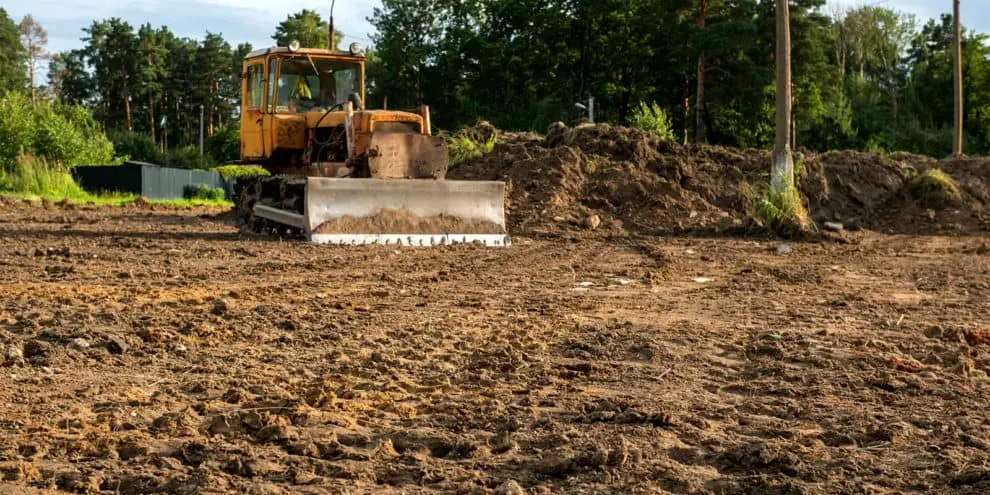5 Signs It's Time to Remove Your Tree: Expert Advice
Introduction
Understanding tree health involves recognizing signs that a tree is thriving or struggling. Healthy trees typically have sturdy, upright growth, vibrant leaves, and a solid structure. Conversely, signs of a distressed tree may include unusual leaf loss, visible decay, or fungus growth. Maintaining tree health is essential because it impacts their ability to cope with stress from weather, pests, and diseases.
This decision is often challenging but required when a tree directly threatens safety. Removal is essential when a tree is dead or dying beyond recovery, if it's structurally unsound due to disease or damage, or if it obstructs new construction that can't be avoided. Removing these trees prevents them from falling unexpectedly, ensuring the safety of people, property, and other plants.
It's essential to consult a professional arborist to assess tree health and make informed decisions about tree removal. They can provide the necessary guidance and services to handle these situations safely and effectively.
Significant Damage or Disease in Trees
Trees can become damaged or diseased, affecting their health and safety. Knowing how to spot these problems early is essential to taking action and possibly saving the tree. Here are some critical signs of disease and damage you should look for.
Identifying Critical Signs of Disease:
One of the most common signs of disease in trees is the presence of fungus. Fungus, like mushrooms or unusual growths on the tree's bark, can indicate internal decay. Another sign to watch for is discoloration. If the leaves of a tree change color when they don't fall, fall it's or if the bark turns an unusual color, this might mean the tree is sick. Also, look for wilting leaves or branches that seem to be dying back despite proper care.
Effects of Damage from Storms or Environmental Factors:
Environmental factors like storms can also harm trees. Strong winds can break branches or uproot trees completely. Even changes in temperature or water availability can stress trees out, making them more prone to disease.
If a tree is leaning dangerously or has significant structural damage, it might need Removal to prevent accidents.
Structural Instability in Trees
Trees are strong and beautiful parts of nature, but sometimes they can become unstable. Structural instability in trees can be dangerous, posing risks to people and property. It's essential to recognize the signs of a weak tree so you can take action to prevent any accidents.
Signs of Structural Weakness:
One clear sign of structural weakness in a tree is visible cracks in the trunk or branches. Cracks can weaken the tree, making it more likely to break during a storm or even on a calm day. Another sign of instability is a tree that is leaning significantly. While some trees naturally grow at an angle, a sudden lean indicates a problem, especially if the soil around the base is lifted or cracked. Additionally, hollow trunks constitute a significant warning sign. A hollow trunk can compromise the tree's strength, making it unable to support its weight.
How Instability Poses Risks to Property and Safety
An unstable tree poses serious risks. It can fall on homes, cars, power lines, or even people, causing injury or significant damage. The risk increases if the tree is where people often walk or gather.
If you notice any of these signs in a tree, addressing the issue promptly is crucial. Sometimes, the tree can be saved with proper care and support systems like braces or cables. Other times, it might be safer to remove the tree entirely to protect your property and loved ones. Remember, taking care of trees and monitoring their health helps keep everyone safe.
Root Problems in Trees
The roots of a tree are essential for its health because they help it absorb water and nutrients from the soil. However, roots can sometimes face problems like damage or disease, affecting the entire tree and nearby structures. Knowing root issues' symptoms and their impact can help you take better care of your trees.
Symptoms of Root Damage or Disease:
One common symptom of root problems is visible changes in the tree's growth. If a tree starts losing leaves or turns yellow and wilts outside of fall, it might struggle with root issues. Other signs include stunted growth and fewer leaves than usual. Sometimes, the roots themselves might be exposed and look damaged or decayed. Additionally, root damage could affect a tree's stability if it suddenly starts leaning the soil around its base is cracked, or the tree'srtree's
Impact of Root Issues on Tree Health and Surrounding Structures:
Root problems can have serious consequences not only for the tree but also for everything around it. A tree with damaged or diseased roots may become weak and unstable, posing a risk of falling, especially during storms or high winds. This can be dangerous for homes, vehicles, and people nearby.
Moreover, unhealthy roots can affect the soil stability around the tree. If the trees rotate into or break underground utilities like water pipes or cables, this might lead to issues with these structures. Root growth can lift and crack sidewalks or driveways in urban areas, leading to additional safety hazards and repair costs.
If you notice any symptoms of root damage or disease, it's essential to consult with a professional arborist. They can assess the tree's condition and recommend the best actions, whether treating this disease, stabilizing it, or sometimes removing it to prevent further damage.
Overgrowth Near Power Lines or Buildings
Trees growing too close to power lines or buildings can create risks and hazards. It's essential to manage tree growth to ensure safety and protect infrastructure. Understanding the risks and guidelines for safe distances can help prevent problems.
Risks Associated with Trees Growing Too Close to Infrastructure:
Trees that are too close to power lines pose several risks. For example, branches can break off during storms and fall onto the lines, causing power outages or sparking fires. Trees near buildings can also be a problem. Roots can grow into foundations, causing cracks and structural damage. Additionally, branches hanging over roofs can drop leaves and debris, which may lead to water damage or provide a pathway for pests to enter the building.
Guidelines for Safe Distances and Preventive Measures:
There are specific guidelines about how close trees should be to power lines and buildings to prevent these issues. Generally, large trees should be planted at least 20 feet away from buildings to avoid root and branch interference. Smaller trees can be closer but still need enough space to grow without posing a risk.
For power lines, local utility companies often provide guidelines for tree planting near overhead lines. They may also have routine maintenance programs to trim trees too close to power lines. Opt for trees with a smaller mature size that is less likely to interfere with structures and lines.
If you need clarification on the proper you'reproperyou're distances or the best trees to plant, consulting with an arborist or your local utility company can provide tailored guidance. This helps ensure the safety of your property and the surrounding infrastructure.

Tree Trimming vs. Removal
Deciding whether to trim a tree or remove it entirely can be challenging. Understanding the difference and knowing when each action is appropriate is critical to maintaining a safe and beautiful landscape.
When Trimming is Sufficient and When Removal is Necessary:
Trimming a tree is often enough to solve many issues, like removing overgrown branches, shaping the tree to improve its appearance, or clearing branches that block sunlight or views. Trimming also benefits the tree's healtree. Removing the infected branches of the healtree can help prevent diseases from spreading.
However, Removal becomes necessary when a tree poses a safety hazard or is beyond recovery. Some situations requiring Removal include dead or dying trees, structural problems that cannot be corrected through trimming (like a severely leaning trunk or significant root damage), or trees growing too close to power lines or buildings.
Benefits of Professional Assessment:
Having a professional arborist assess your tree can provide several benefits. Arborists are trained to spot problems that may be obscure to the untrained eye. They can evaluate whether a tree can be saved through trimming or if it should be removed for safety reasons.
Consulting with a professional arborist helps you make informed decisions about tree care, ensuring that your trees and property are well-maintained and safe.
FAQs
1. When should I consider trimming my tree instead of removing it?
Trimming a tree is a good choice if the tree is generally healthy but has some branches that are dead, overgrown, or causing obstruction. Suppose the tree's structure is vital. In that case, trimming can help improve the tree's appearance, health, and safety. Removal is only when the tree risks buildings or people or is unhealthy and forbids recovery.
2. What telltale indicators of a tree that requires Removal?
A tree likely needs Removal if it has major structural issues such as a leaning trunk, large dead branches, cracks in the trunk, or signs of root decay. Removal is also necessary if the tree is dead or has a disease that could spread to other trees.
3. Can I trim or remove a tree by myself?
Trimming small branches or young trees might be manageable with the right tools and knowledge. However, hiring a professional is safer for more giant trees, especially those near power lineslinesit'sbuildings. Removing trees usually requires professional help due to the risk of injury or property damage.
4. Why is it essential to hire a professional arborist?
Professional arborists have the training, experience, and equipment to trim or remove trees safely. Hiring an arborist also ensures the work is done according to local regulations.
5. How often should I have my trees inspected?
Having your trees inspected by a professional at least once a year or after severe weather events is a good idea. Regular inspections can identify potential problems early, making it easier to manage them with trimming rather than Removal.
Conclusion
Taking good care of your trees is essential for ensuring the beauty and safety of your property. Whether trimming overgrown branches or removing a hazardous tree, the proper tree care practices can make a big difference. Understanding when to cut and when to remove a tree helps you maintain a healthy, safe, and attractive landscape. Contact us, professional arborists, today to schedule an inspection of your trees. Whether you need tree trimming, Removal, or expert advice, a professional can provide the services required to keep your trees and property in top condition. Remember, taking care of your trees is taking care of your home!




